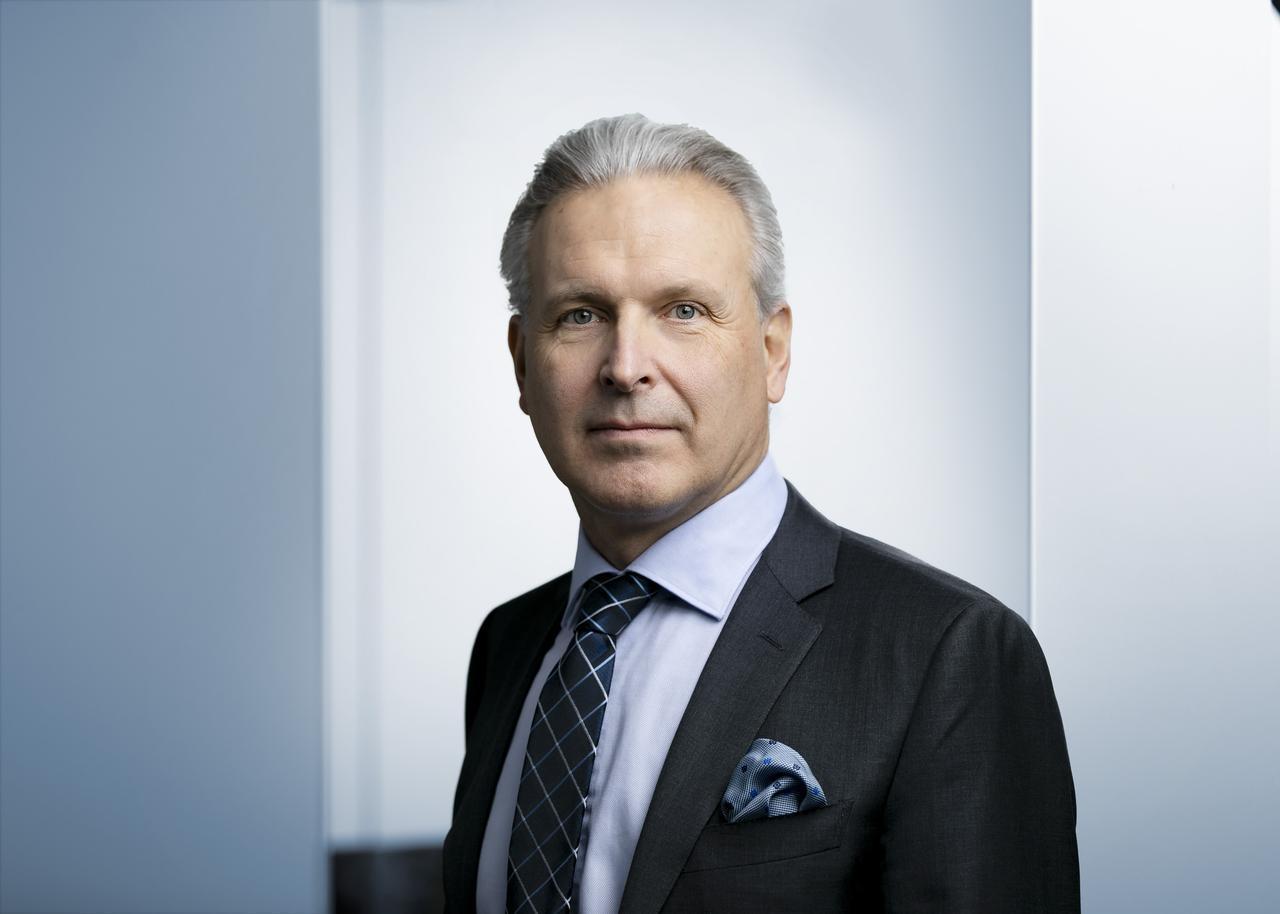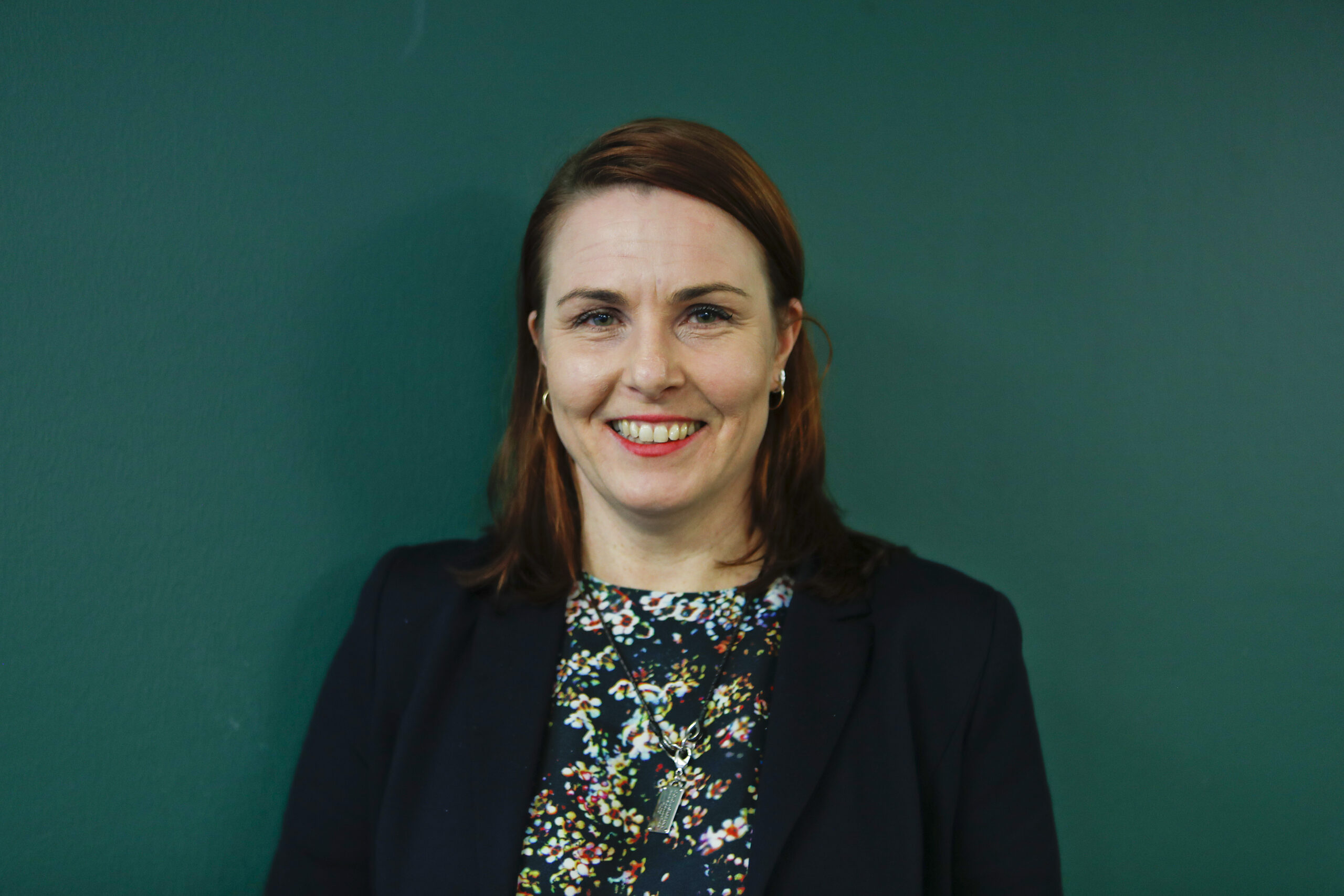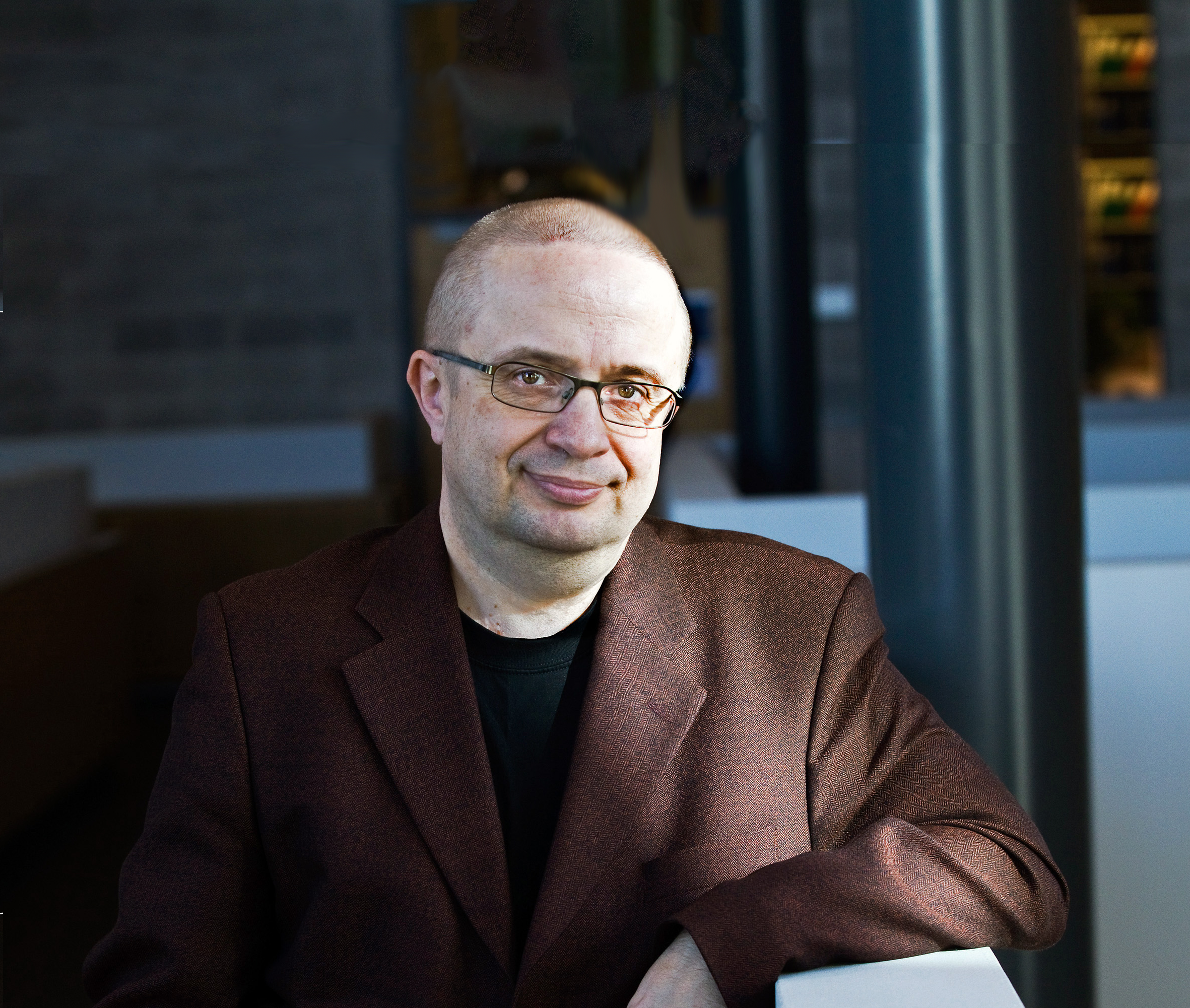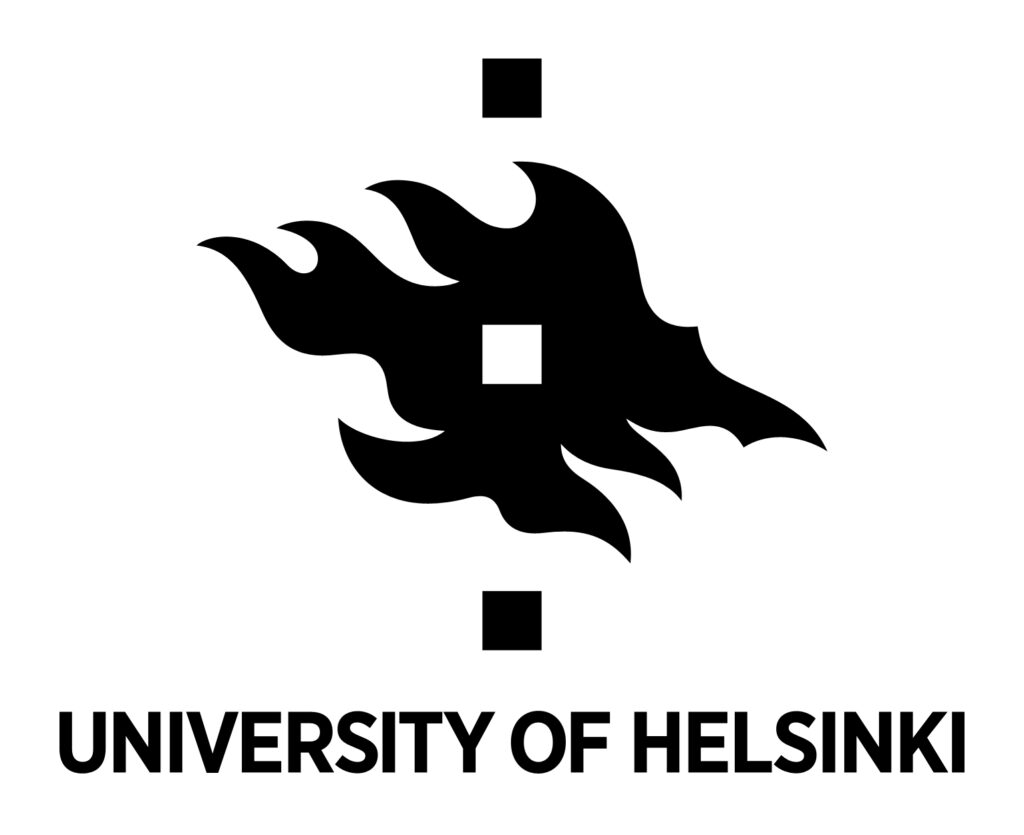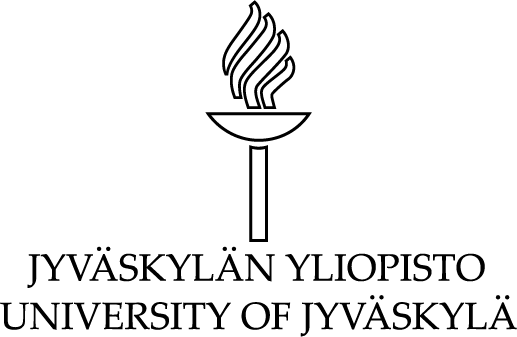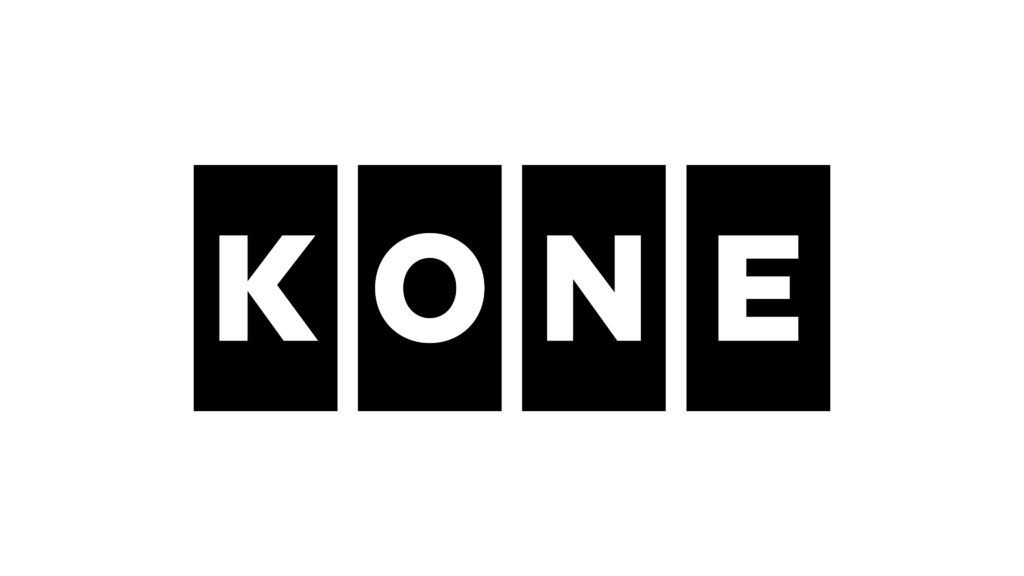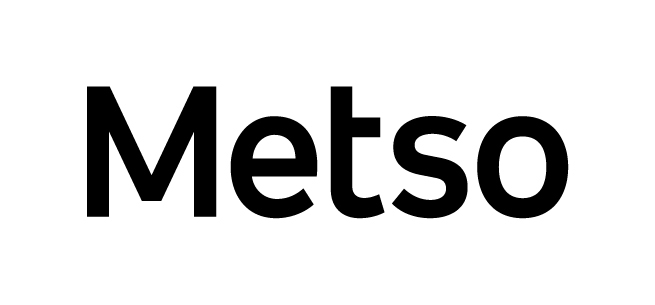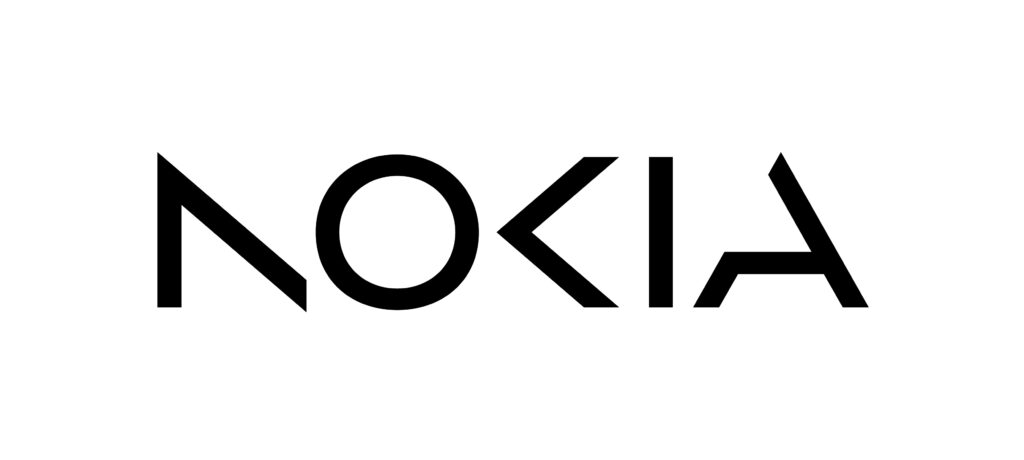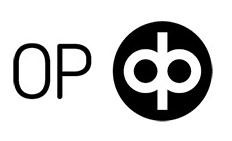Blog: Let’s stop using fear to try to create climate action
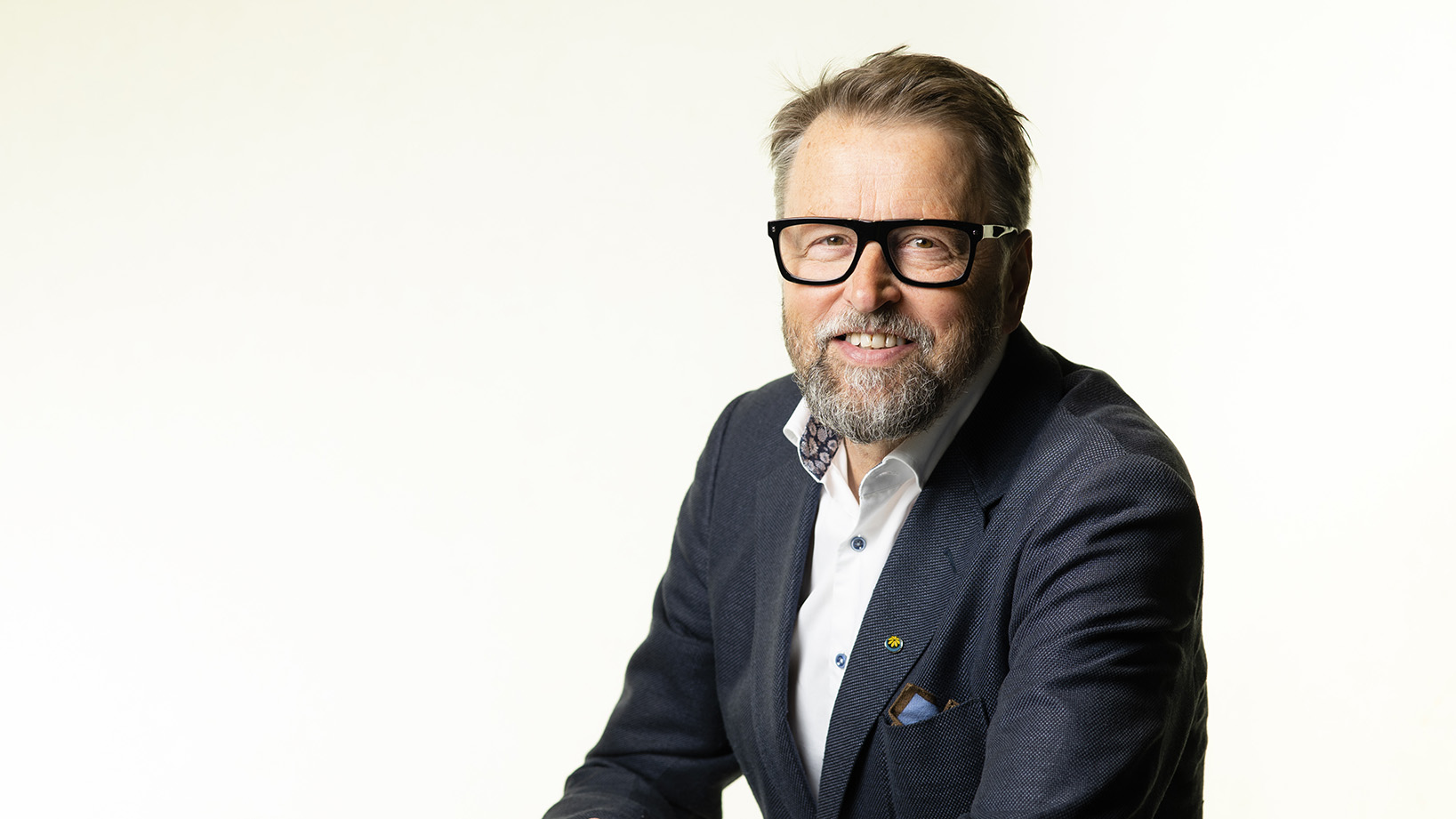
We need to focus on a different, more positive approach, writes Professor Atte Korhola.
Wildfires have been raging in Europe, Sicily is melting within a heat dome and the Gulf Stream is receding. Yet, there are still people who don’t believe in climate change caused by humans. How do we convince sceptics of the seriousness of the situation and the need for preventive action?
People value evidence differently
Contrary to what many believe, providing information to climate doubters does not always help. The perception that ingrained beliefs and concepts are based on a lack of knowledge, and that they can be changed by hard facts, is too simplistic. It does not effectively address how humans process information and act upon it.
Dan Kahan, professor of law and psychology at Yale, is known for his theory of cultural cognition. He argues that beliefs are created and shaped according to the values that are central to people’s identities. People are inclined to follow the opinions of their peers and filter any information perceived as disagreeable.
This is not the same as the cognitive bias called confirmation bias, where people are inclined to select information that will keep their mental structures as intact as possible. Rather, according to the theory of cultural cognition, people simply value evidence differently.
This means that two people may accept exactly the same evidence, but end up with completely opposite conclusions. While confirmation bias may maintain and enforce our system of concepts, cultural cognition may instead take it to extremes.
Doomsday images will not convince sceptics
In their coverage of the recent reports from the International Panel for Climate Change (IPCC), the media painted images of the future using words like “gloomy”, “alarming” or “horrendous”. Global warming has become “burning” and climate change, “climate catastrophe”.
Communicating through such fearful words can easily be counterproductive. Research findings and the history of humankind have shown that external fear and threats give rise to individualism, fatalism, pessimism and dismissal of news items in the minds of many.
Such communication may have the desired effect on some people. However, these people tend to have already “converted” to the climate cause, while doomsday threats may only strengthen the opinions of the sceptics.
We have enough activists
A different way of looking at things is: Why should everyone convert to the climate cause and fight against climate change? It is a mistake to think that we always need a huge number of activists to make a change. According to US social scientist Erica Chenoweth, who has studied civic activity and non-violent protest, we only need around three-and-a-half percent of the population to be actively crusading to accomplish significant political changes.
We are clearly above that number. For example, as per a 2020 survey, only one percent of Finns think that there is no need to curb climate change. According to the same study, over half of the Finnish population think that stopping climate change requires everyone to take action and change their lifestyles. Other parts of the world show similar results.
So, should we still keep tailoring the message to a small, sceptical group of people? Or should we instead target the masses of people who are already convinced of the gravity of climate change and are prepared to take action to stop the catastrophe? The choice of target is vital for formulating the message and the goal we want to achieve with our climate strategies.
We can stop the catastrophe
Research findings should still be reported publicly, as truthfully as possible – without omitting the darker sides, when necessary. However, we no longer need to enhance the message with extra doomsday scenarios. Rather, we can concentrate on a dialogue between authorities and other active parties, such as businesses, to combat these problems. We have already wasted too much time and energy on often fruitless persuasion, which could have been put to better use for other actions.
In dark times, hope is the only sensible strategy. When it comes to climate change, hope is not just frivolous wishful thinking. In light of the research data we have on hand today, we still have every chance of preventing a climate catastrophe.
We just need to change the focus of the message from a looming threat to making use of opportunity.
The piece is a shortened version of the chapter Jokaista ei tarvita ilmastotoimiin (Everyone doesn’t need to combat climate change) from the book Tämä Ihmisen luonto (This Human Nature, Otava 2022) by Professor Atte Korhola of the Helsinki Institute of Sustainability Science, University of Helsinki.
The University of Helsinki is a partner of the Millennium Technology Prize.

